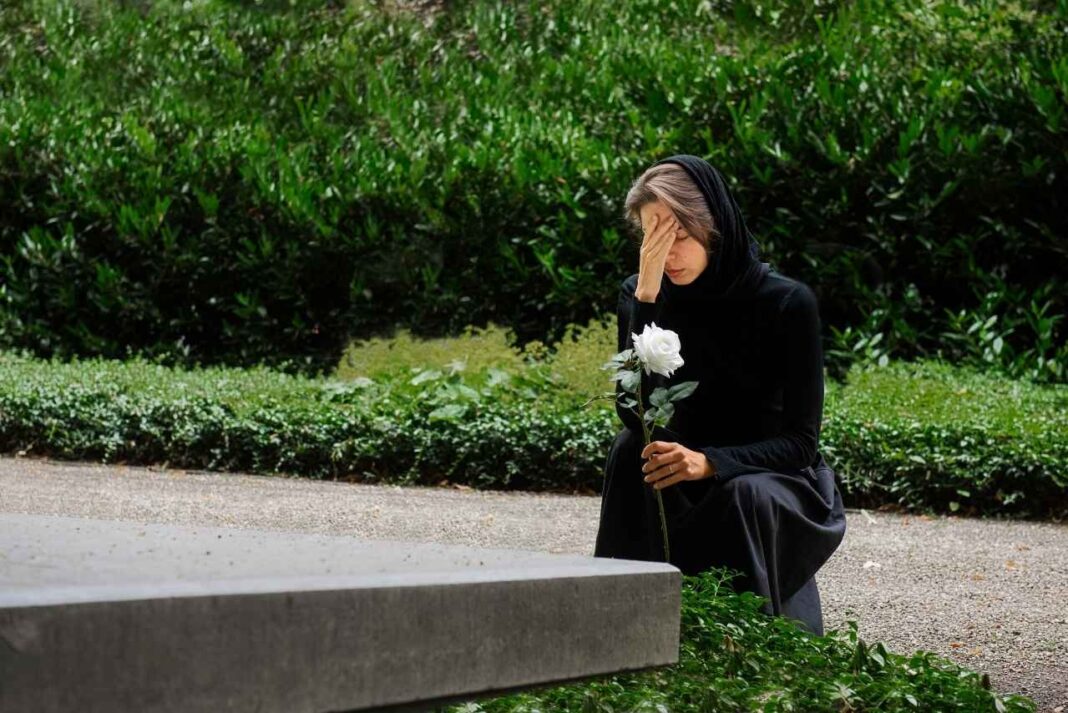Grief is an inevitable and universal part of life. Every person experiences loss in some form throughout their life: the loss of a loved one, a relationship, a job, a lifestyle, or a dream. The grieving process that develops after these losses initiates not only pain but also a profound transformation in terms of the individual’s identity, perception of the world, and connection to life. Grief is not only an ending; it also heralds an internal restructuring.
What Is Grief?
Grief is a natural, universal, and healthy response to the loss of a loved one or a significant life change. While it is most commonly associated with death, situations such as divorce, miscarriage, job loss, migration, diagnosis of a chronic illness, or retirement can also trigger the grieving process. During this time, the individual may lose not only something external but also a part of their trust in life, routine, or expectations for the future.
The Cultural and Individual Dimensions of Grief
Grief is both an individual and a cultural experience. An individual’s way of coping with grief is influenced by their family structure, belief systems, social environment, and personality traits. Different people may assign different meanings to the same loss and grieve in various ways. In some societies, grief is openly expressed, while in others, emotions are suppressed or discouraged. This directly affects how the individual experiences grief.
The Stages of the Grieving Process
The five-stage model developed by psychiatrist Elisabeth Kübler-Ross is often used to explain the universal nature of grief:
- Denial: When facing the reality of the loss becomes too difficult, the person may initially deny the situation. This stage is the psyche’s effort to cope with the sudden traumatic impact.
- Anger: Intense feelings of injustice regarding the loss may be directed at oneself, others, the healthcare system, or life itself.
- Bargaining: The individual may attempt to rewrite the past with thoughts such as “I wish it hadn’t happened,” or “If I do this, maybe everything will be okay.”
- Depression: The loss can no longer be denied, bringing with it feelings of hopelessness, lack of energy, and disinterest.
- Acceptance: The loss is fully acknowledged. This is not when the pain ends but when one begins to learn how to live with it.
These stages may not be experienced in the same order or intensity by everyone. The grieving process is fluctuating, reversible, and unique to each person. Some individuals may remain in certain stages for extended periods, while others may move directly to acceptance without experiencing all stages.
Cognitive and Physical Reflections of Grief
Grief manifests not only emotionally but also cognitively, physically, and behaviorally. Emotionally, sadness, guilt, anger, loneliness, and a sense of emptiness are prominent. Cognitively, concentration difficulties, forgetfulness, and feelings of meaninglessness may be observed. Symptoms such as insomnia, fatigue, appetite loss or increase, and headaches or stomachaches are also part of the process.
Prolonged Grief and Psychological Support
For some individuals, grief may last longer than expected and severely impact daily functioning. This condition is known as “prolonged grief disorder” or “complicated grief.” Persistent preoccupation with the loss months after it occurred, inability to adapt to life again, hopelessness, and a deep sense of worthlessness are key features. In such cases, psychological support becomes essential. Psychotherapeutic approaches such as Cognitive Behavioral Therapy (CBT), Schema Therapy, or EMDR can help process grief in a healthy way.
Coping Strategies for Grief
Every individual copes with grief differently. However, some strategies may be helpful for many people:
- Allowing emotions: Rather than suppressing feelings, experiencing them opens the door to healing.
- Searching for meaning: Finding new meanings within a life that has changed due to loss reveals the transformative power of grief.
- Engaging in rituals: Personal or cultural rituals such as memorials, prayer, or writing letters can support the grieving process.
- Social support: Sharing emotions with family, friends, or support groups helps reduce feelings of isolation.
- Self-compassion: Approaching one’s own vulnerability with understanding during the grieving process facilitates healing.
Grief is not just the pain that follows loss; it is the redefinition of one’s connection to life. Although a loss may create a deep void in an individual’s life, over time, this void can be filled with meaning, transformation, and rebirth. Instead of resisting the pain, going through it—rather than trying to erase the traces of the loss, learning to live with them—offers one of the most powerful paths to recovery. Grief marks not only an end but also a new beginning.


